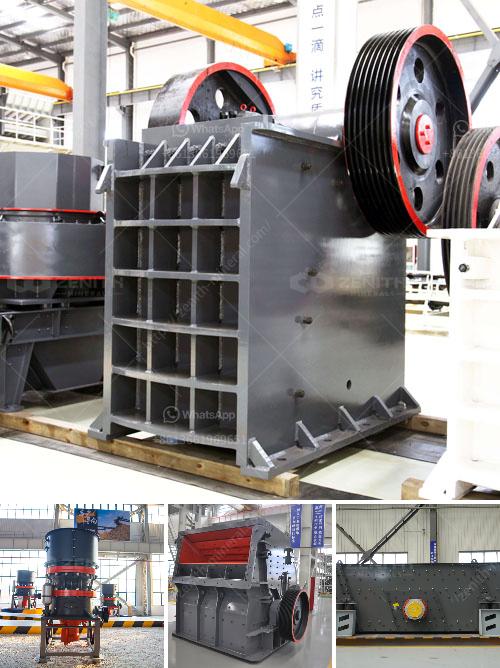Calculating the cost of grinding involves several factors. Here's a step-by-step guide to help you determine the cost:
-
Material Cost:
- Raw Material: Calculate the cost of the raw material you are going to grind. This could include metal, plastic, wood, etc.
-
Labor Cost:
- Determine the hourly wage of the operators involved in the grinding process.
- Estimate the total hours required to complete the grinding work.
- Calculate the labor cost by multiplying the hourly wage by the total hours.
-
Machine Cost:
- Depreciation: Determine the depreciation cost of the grinding machine by dividing its initial cost by its useful life.
- Maintenance: Factor in the maintenance costs of the grinding machine.
- Energy Consumption: Calculate the electrical cost by determining the machine's power consumption in kilowatts per hour and multiplying it by the hours of operation and the cost per kilowatt-hour.
-
Tooling Cost:
- Include the cost of grinding wheels or grinding media.
- Calculate the wear and tear of the tools and their replacement cost.
-
Material Removal Cost:
- Measure the volume or weight of material removed during grinding.
- Align this with the cost rate for disposal or recycling of the removed material.
-
Overhead Costs:
- Allocate a portion of the facility's overhead costs, such as utilities, administrative expenses, and rent, to the grinding process.
-
Setup and Changeover Cost:
- Include the time and cost associated with setting up the machine for grinding and changing over between different materials or different setups.
Formula:
This method provides a comprehensive approach to calculating the cost of grinding, ensuring all potential expenses are considered.


